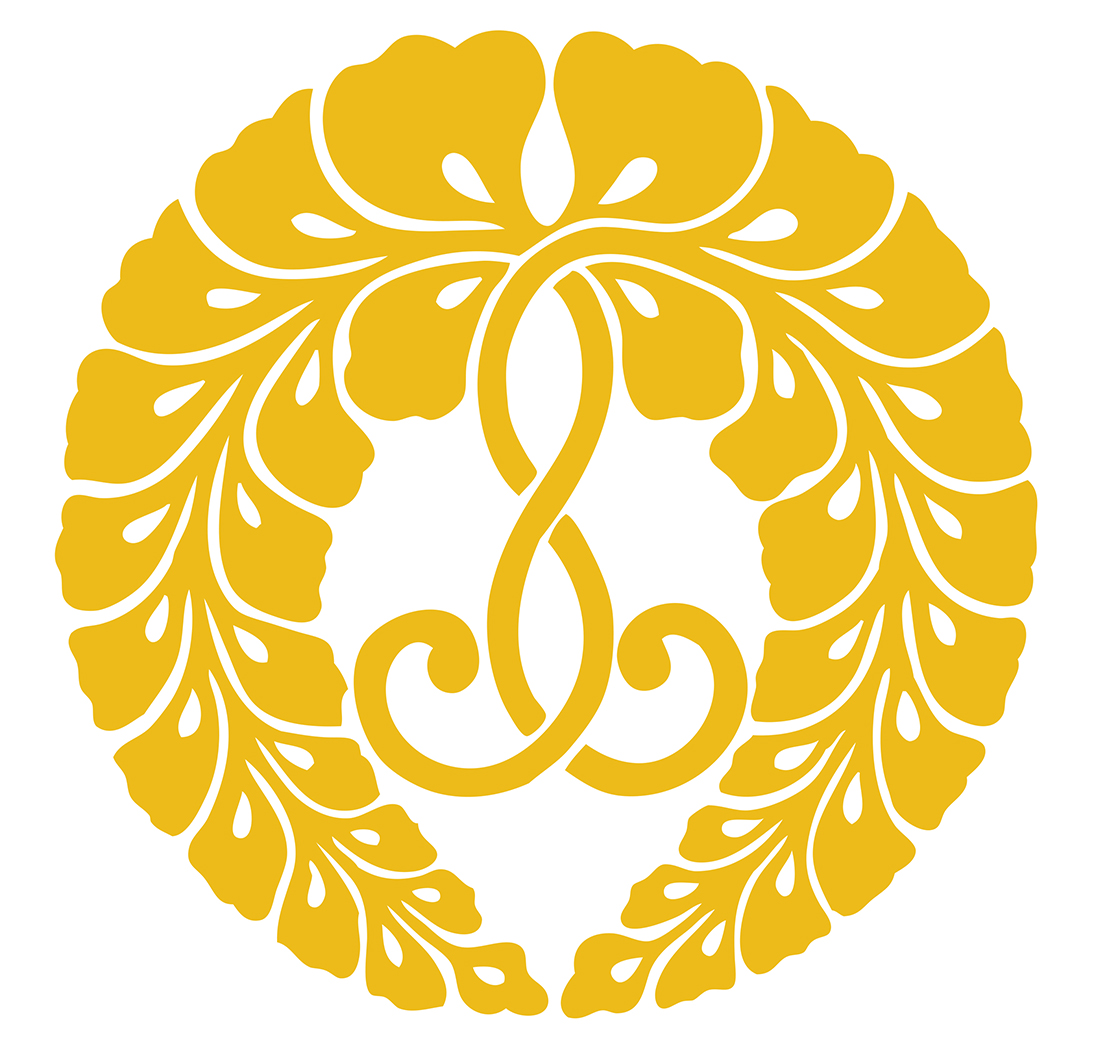I take refuge in the Tathagata of Immeasurable Life!
I entrust myself to the Buddha of Inconceivable Light!
For my Dharma message today let’s focus on the first two lines of Shinran Shonin’s Shoshinge or Hymn of True Shinjin and the Nembutsu. As you may already know, the Shoshinge is found in the Kyogyoshinsho or A Collection of Passages Revealing the True Teaching, Practice and realization of the Pure Land Way, a very long book consisting of excerpts from many other very long books. In poetic form Shinran condenses his essential understanding of the Pure Land Teaching — a vast subject — into the 120 eloquent lines of this gatha or hymn. In a certain way Shinran is the master condenser, like a chef who distills a pure yet complex broth from a lot of other ingredients.
He opens with the one essential thing, the Nembutsu – the Name of the Buddha – which we more commonly say as “Namo-Amida-Butsu,” or “I take refuge in the Buddha of Immeasurable Life and Boundless Light.” Shinran said the Nembutsu takes a number of forms, all of which have the same meaning.
The first part, “namo” or “ki myo,” means to take refuge or to entrust ourselves. That part is me: foolish, finite, limited, clueless. The second part “Amida Butsu”, the Universal Wisdom and Compassion part, can be called Amida Buddha, the Buddha of Infinite Light, the Buddha of Immeasurable Life or the Buddha of Inconceivable Light. A few lines later the gatha gives some more variants: “Pure Light, Joyful Light, the Light of Wisdom, Light constant, Inconceivable, Light beyond speaking, Light excelling the sun and moon.” I am sure there are many more. But the essence is that the foolish me (“namo”) and Universal Wisdom and Compassion (“Amida Butsu”) together make up the wondrous Name. It has to be together. So, the very first thing articulated in Shoshinge is the Name of the Buddha itself, our oneness with the Buddha.
Everything else derives from this Name, the whole Pure Land Way. Immediately following the Name itself we learn the story of Dharmakara Bodhisattva and Lokesvararaja Buddha, the Great Vow of Amida Buddha, the purpose of the teaching of Shakyamuni Buddha, the refinement of the Teachings through the great lineage: Nagarjuna, Vasubandhu, Donran [T’an Luan], Doshaku [Tao-ch’o], Zendo [Shan Tao], Genshin, Genku [Honen]. The teaching has come to us today from these venerable masters through Master Shinran’s understanding. But, if these Buddhas and masters are right, it is the Name itself — and the saying of the Name — which matters.
Understanding this, Shinran condenses still further and the first two lines contain everything we need right now, at this very moment. Everything else in this wonderful gatha is to be studied, savored, expanded upon, discussed, challenged, and pondered over for the rest of our lives. In a profound way, when we chant the Name of the Buddha at the beginning of the Shoshinge and go on the chant the rest of it, we are both receiving and transmitting the entire Pure Land Teaching in a very simple yet profound way.
Speaking personally, I feel very grateful to have been exposed to the Name of the Buddha, Namo-Amida-Butsu, and Shinran’s understanding of it. Like many of you, many seemingly unconnected circumstances led me to Buddhism, and then to the Shin understanding of Buddhism. How wonderful that we can explore the Name of Buddha together at this exciting time on our spiritual journeys!
It is Namo-Amida-Butsu — calling out from eons ago but present only now in the moment — that really matters. When we chant the Shoshinge, let us appreciate once again the Name of the Buddha in those first two lines, the Name-That-Calls. If we do that, we have the whole thing. Then, we can study all the rest as we live out our lives with gratitude and joy.
Namo-Amida-Butsu
Rev. Gary Shobo Jaskula. New York Buddhist Church
